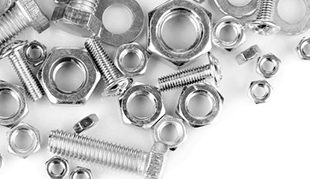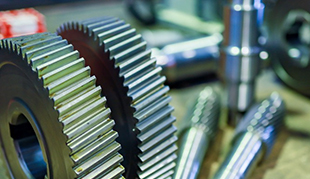Revolutionizing the Automotive Industry: Metal Injection Molding Applications
In recent years, the automotive industry has witnessed a significant shift towards advanced manufacturing techniques, leading to groundbreaking innovations and cost-effective solutions. One such technology that has gained considerable attention is Metal Injection Molding (MIM). MIM is a versatile and efficient manufacturing process that has found its way into various industries, including aerospace, healthcare, and electronics. In this blog, we will explore the exciting applications of MIM in the automotive sector, highlighting its benefits, capabilities, and the impact it has had on the industry.
Lightweight Components for Improved Performance
Weight reduction is a critical factor in automotive design, as it directly impacts fuel efficiency and overall vehicle performance. Metal Injection Molding offers a unique advantage in this area, as it allows manufacturers to create complex, intricate, and lightweight metal components that are not feasible with traditional manufacturing methods. Components like gears, brackets, and even engine parts can be produced using MIM, reducing overall vehicle weight while maintaining structural integrity.

Enhanced Design Flexibility
MIM opens up new possibilities for automotive designers, enabling the production of intricate and geometrically complex parts with tight tolerances. By leveraging MIM technology, automotive manufacturers can create components that were previously challenging or impossible to manufacture using conventional techniques. This results in improved product performance, reliability, and overall design aesthetics.
Cost-Effective Mass Production
For the automotive industry, mass production capabilities are essential to meet the demands of the market effectively. MIM proves to be highly cost-effective when it comes to large-scale production. By utilizing MIM, automotive manufacturers can achieve economies of scale, reducing per-unit production costs and enhancing their competitive edge in the market.
Superior Mechanical Properties
Metal Injection Molding allows for the production of high-strength metal components that possess superior mechanical properties. This makes MIM an ideal choice for critical automotive applications where durability and reliability are paramount. Components produced through MIM exhibit excellent tensile strength, wear resistance, and dimensional stability, ensuring prolonged service life and minimal maintenance requirements.

Consolidation of Parts and Assembly Simplification
MIM technology enables the consolidation of multiple parts into a single component, reducing the need for assembly and joining processes. This not only streamlines the manufacturing process but also minimizes the risk of component failure due to weak points at joining interfaces. Fewer parts and simplified assembly translate into quicker production cycles and improved overall product quality.
Environmental Benefits
As the automotive industry strives towards sustainability, MIM presents itself as an eco-friendly solution. The production process of MIM consumes less energy and generates less waste compared to traditional manufacturing methods. Additionally, the lightweight components produced by MIM contribute to reduced fuel consumption and lower carbon emissions, aligning with the industry's efforts to create greener vehicles.
Metal Injection Molding (MIM) has revolutionized the automotive industry, offering a range of benefits that have transformed the way components are designed and manufactured. From lightweight yet robust parts to enhanced design flexibility and cost-effective mass production, MIM has become a game-changer for automotive manufacturers. As the technology continues to advance, we can expect even more groundbreaking applications and further integration of MIM into the automotive sector, driving innovation, sustainability, and improved vehicle performance for years to come. Embracing MIM technology is not only a wise business decision but also a crucial step towards a more sustainable and efficient automotive future.






